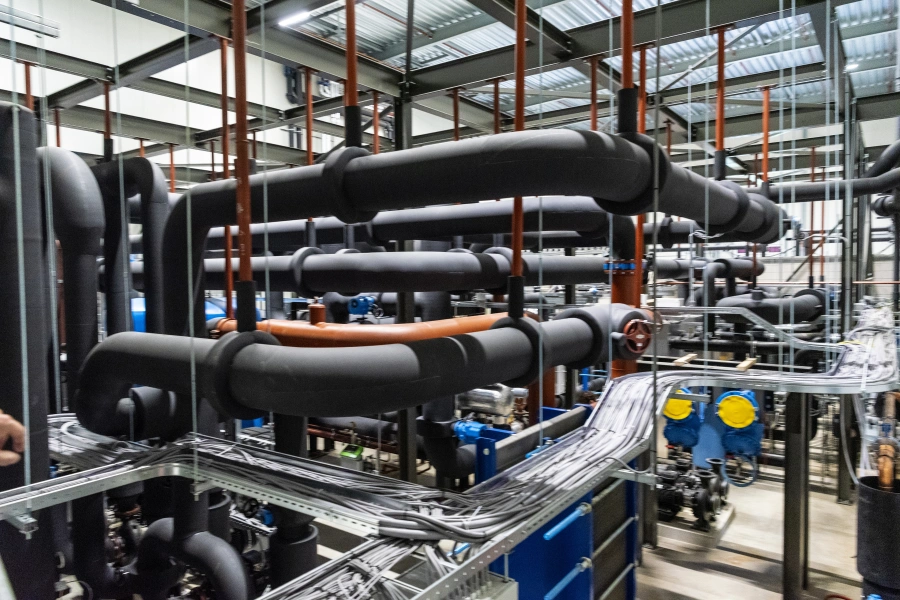Why do sustainable projects in business parks struggle to get off the ground?
The bottleneck is the so-called split incentive. When a business park or multi-tenant building is made more sustainable, the benefits and costs generally do not fall to the same party. The owner invests in the sustainable installations, while mainly the tenants benefit through a lower energy bill. In many cases, this gives owners insufficient incentives to make new or existing buildings more sustainable.
How did you approach this at the BIC?
Together with ENGIE Services, we established an energy company specifically for the BIC: BIC Utility. This so-called Energy Service Company (ESCo) is responsible for the realization, financing, and operation of the sustainable installations such as the solar panels. In return, tenants pay a monthly fee based on their usage. Thus, the benefits and costs of sustainability lie with one and the same party: BIC Utility recoups its investment over the entire lifespan of the installations.
Is the problem solved with this?
Yes and no. The ESCo at the BIC works, and the established companies already benefit from a comfortable and sustainable work environment. Unfortunately, this structure is still rarely applied. This is partly because the necessary knowledge is not widely available in the market, and partly because banks are still hesitant to invest in ESCo’s. At the BIC, we financed the installations through Energiefonds Brabant together with ENGIE. With this, we aim to demonstrate that the structure and the concept work. We hope that banks will eventually be willing to follow this example.
What tips do you have for business parks that also want to become gas-free?
It is important that owners and users are aware that it is indeed possible to break the split incentive. This can be done, for instance, through the ESCo structure we used at the BIC. Also, do not try to solve everything in advance. If you see obstacles at the start of the project, ask yourself: are these 'showstoppers' or are these issues we can solve along the way? Over the past years, we have gained a lot of knowledge and expertise in this area, and we would like to support developers, installers, and municipalities in this regard.
Learn more

